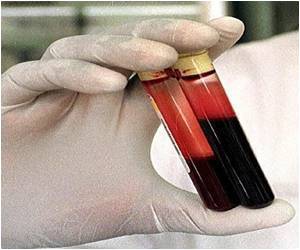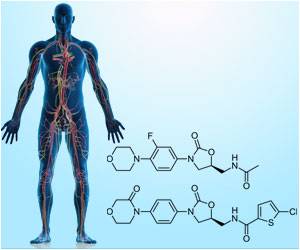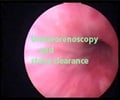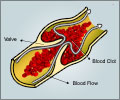Novel type of therapeutic technology looks promising in treating diseases by steering microscopic-scale medical robots into the bloodstream reveals a new study.

One challenge in the deployment of microbots, however, is developing a system to accurately 'drive' them and manoeuvre them through the complex and convoluted circulatory system, to a chosen destination.
Now, researchers from Korea's Hanyang University in Seoul and Chonnam National University in Gwangju describe a new navigation system that uses an external magnetic field to generate two distinct types of microbot movements: 'helical', or corkscrew-like, motions, which propel the microbots forward or backward, or even allow them to 'dig' into blood clots or other obstructions; and 'translational', or side-to-side motions, which allow the 'bots to, for example, veer into one side of a branched artery.
In lab tests, the researchers used the system to accurately steer a microbot through a mock blood vessel filled with water.
The researchers have said that the work could be extended to the 'precise and effective manipulation of a microbot in several organs of the human body, such as the central nervous system, the urinary system, the eye, and others.'
Source-ANI













